Iontophoresis Application
Last appointment at 5:30 pm
Request Appointment
Hero Request Form
Appointments Are Available From 9:00 am - 5:30 pm
(Closes at 6:00 pm)
Iontophoresis: Advanced Pain Management at Chicago Chiropractic Center
At Chicago Chiropractic Center, we're proud to offer iontophoresis, an innovative technique that delivers medication through the skin using an electrical current. This painless method, often described as a needle-free injection, is highly effective in managing various conditions.
With over 30 years of expertise in chiropractic care, our experienced staff is committed to tailoring treatment plans to meet your specific needs. Contact Chicago Chiropractic Center today to explore how iontophoresis can benefit you.
Signs You May Benefit from Iontophoresis Treatment
Iontophoresis at Chicago Chiropractic Center can address a wide range of conditions. You might be an ideal candidate for this treatment if you're experiencing:
- Persistent inflammation in joints or muscles
- Chronic pain that hasn't responded to other treatments
- Recurring muscle spasms
- Stubborn swelling or edema
- Calcium deposits that cause discomfort
- Scar tissue limiting mobility
Our team at Chicago Chiropractic Center is ready to assess your condition and determine if iontophoresis is right for you. Reach out to us for a free initial consultation.
The Importance of Professional Iontophoresis Treatment
Choosing professional iontophoresis treatment at Chicago Chiropractic Center ensures you receive safe, effective care. Here's why this treatment is crucial:
- Precise medication delivery to targeted areas
- Non-invasive alternative to injections
- Customized treatment plans for your specific condition
- Potential for faster healing and pain relief
- Minimal side effects compared to oral medications
- Decreases inflammation, pain, and muscle spasms
- Reduces swelling, edema, and calcium deposits
- Manages scar tissue
Contact Chicago Chiropractic Center to learn more about how iontophoresis can be integrated into your treatment plan.
Advantages of Choosing Chicago Chiropractic Center for Iontophoresis
When you select Chicago Chiropractic Center for your iontophoresis treatment, you're choosing a practice dedicated to your well-being. Benefits of choosing us include:
- Experienced staff with over 30 years of expertise
- Personalized treatment plans
- Integrative medicine options
- On-site massage services
- Assistance with insurance paperwork
- Free initial consultations
- Ability to treat your whole body in one place
- Offers integrative medicine options
- Woman-owned practice, helping patients since 1991
- Emergency appointments within business hours are available
As a woman-owned practice founded in 1991, we understand the importance of compassionate, comprehensive care. Get in touch with Chicago Chiropractic Center to experience the difference our expertise can make.
Iontophoresis Application
Iontophoresis is a non-invasive treatment method in which medications are applied to electrodes, allowing an electrical current to push the medicine into the targeted area. Typically, each treatment session lasts between 10 to 20 minutes. A common side effect experienced after the procedure is skin redness, which is generally temporary.
Learn More About Microcurrent Therapy
Microcurrent therapy is a technique that utilizes small electrical currents to help relieve pain and promote healing in soft tissues. This therapy works by mimicking the body's natural electrical signals, thereby enhancing tissue repair and reducing pain.
Patients who undergo microcurrent therapy can experience a range of benefits. These include accelerated recovery, reduced inflammation, and significant pain relief. Additionally, this therapy helps to release muscle trigger points and regenerates soft tissues, contributing to overall improved healing and function.
Schedule Your Iontophoresis Consultation Today
Don't let pain hold you back any longer. Chicago Chiropractic Center offers free initial consultations and emergency appointments within business hours. Our team is ready to help you explore iontophoresis and other treatment options to address your specific health concerns. Contact us today to take the first step towards improved well-being and pain-free living, or
fill out our online form to request an appointment.
Reviews
Related Services
Learn More About
Chicago Chiropractic Center
Located in Chicago and Lake Forest, IL, Chicago Chiropractic Center specializes in chiropractic care and physical therapy. Free initial consultations. Emergency appointments available. Complete insurance paperwork support. Call to schedule an appointment.
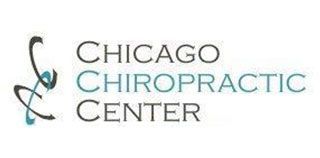
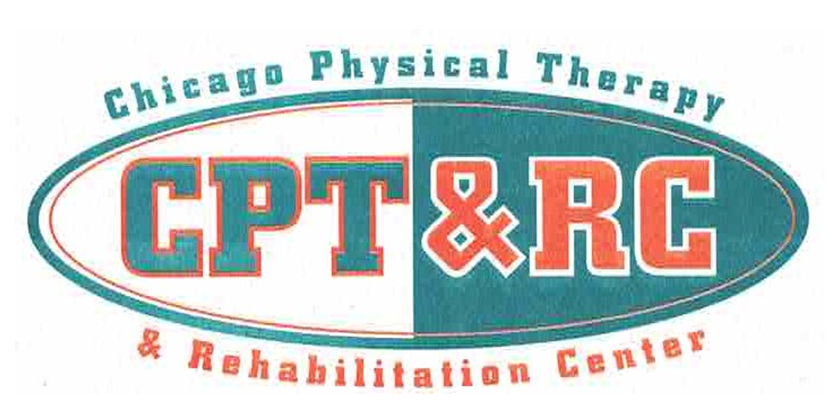
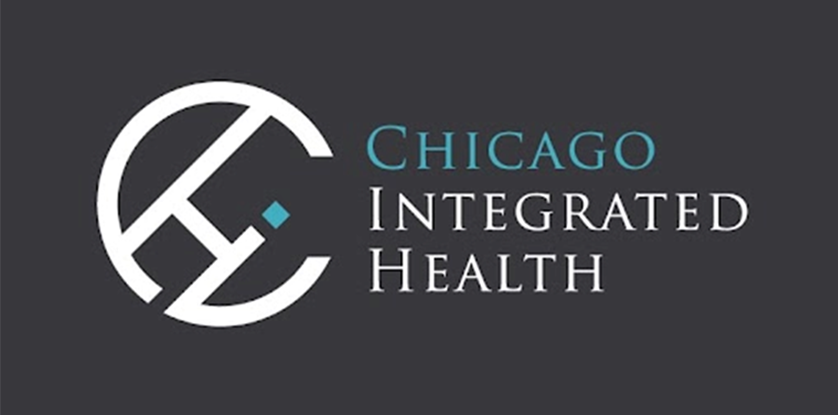
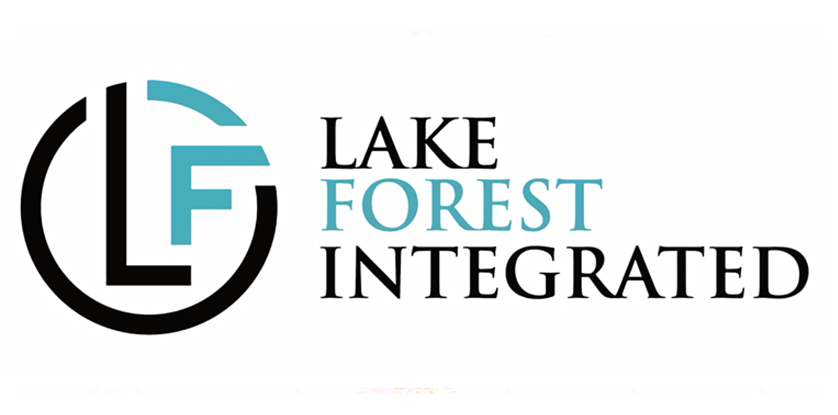

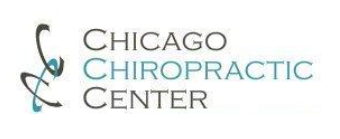

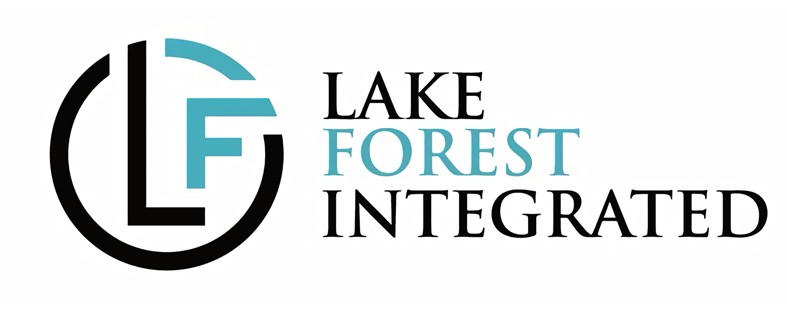
Share On: